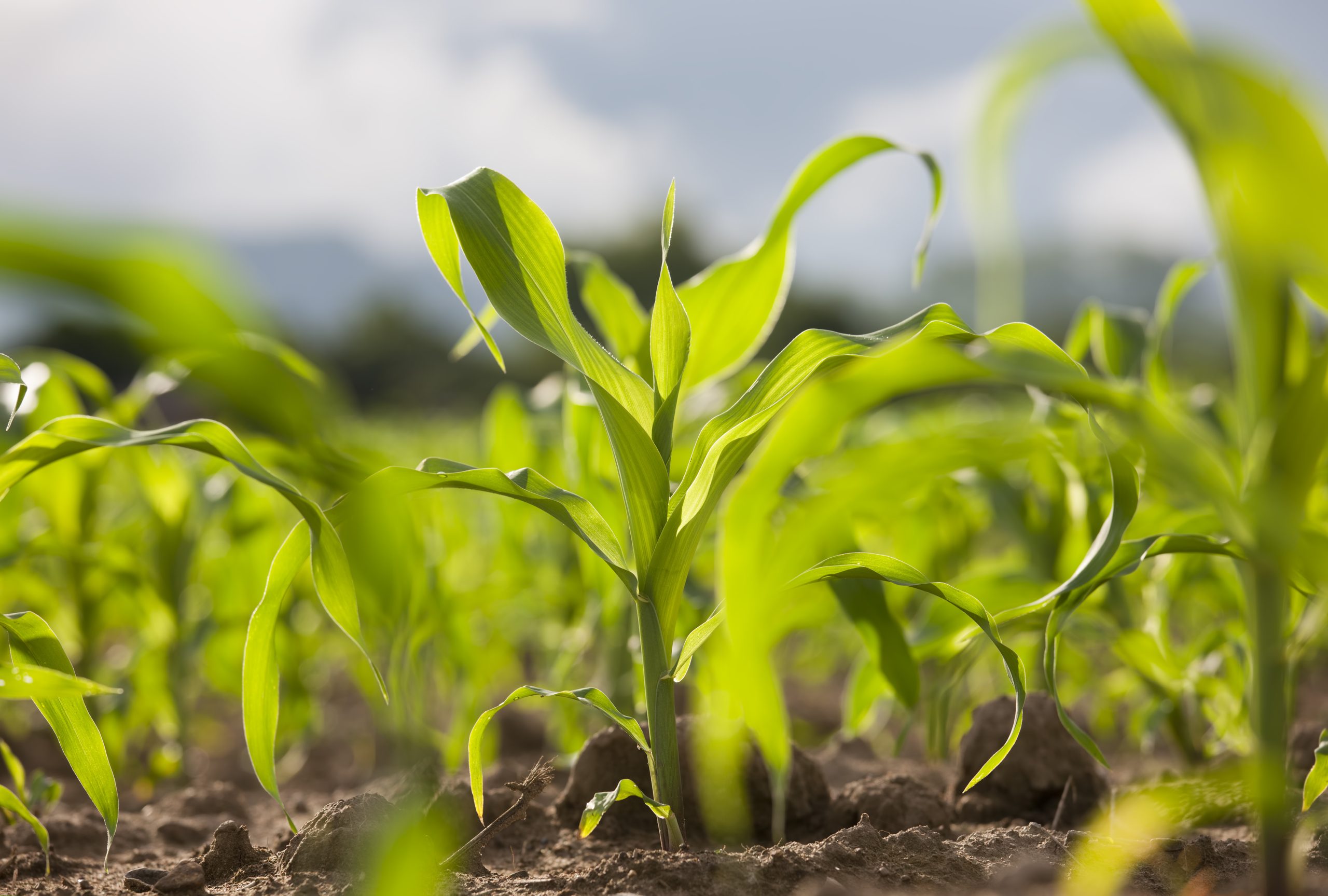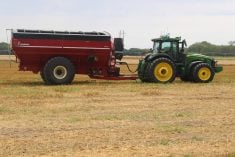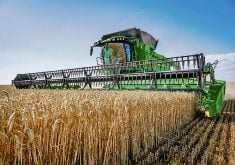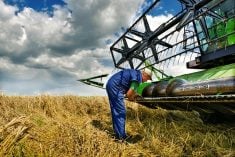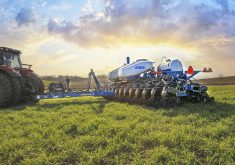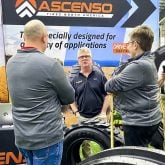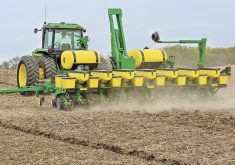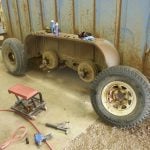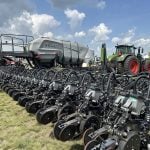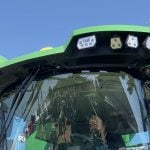Glacier FarmMedia – Keith Strang and Mitch Dille had just finished a project in the aerospace industry and were thinking about starting their own company but they needed a problem to solve.
Dille, also a farmer, discovered one at a local trade show. A world-record corn grower mentioned the need for a system capable of planting corn seed tip down.
Others had already tried to solve the puzzle. Dille and Strang found designs from the early 1960s for a system that attempted the task.
Read Also
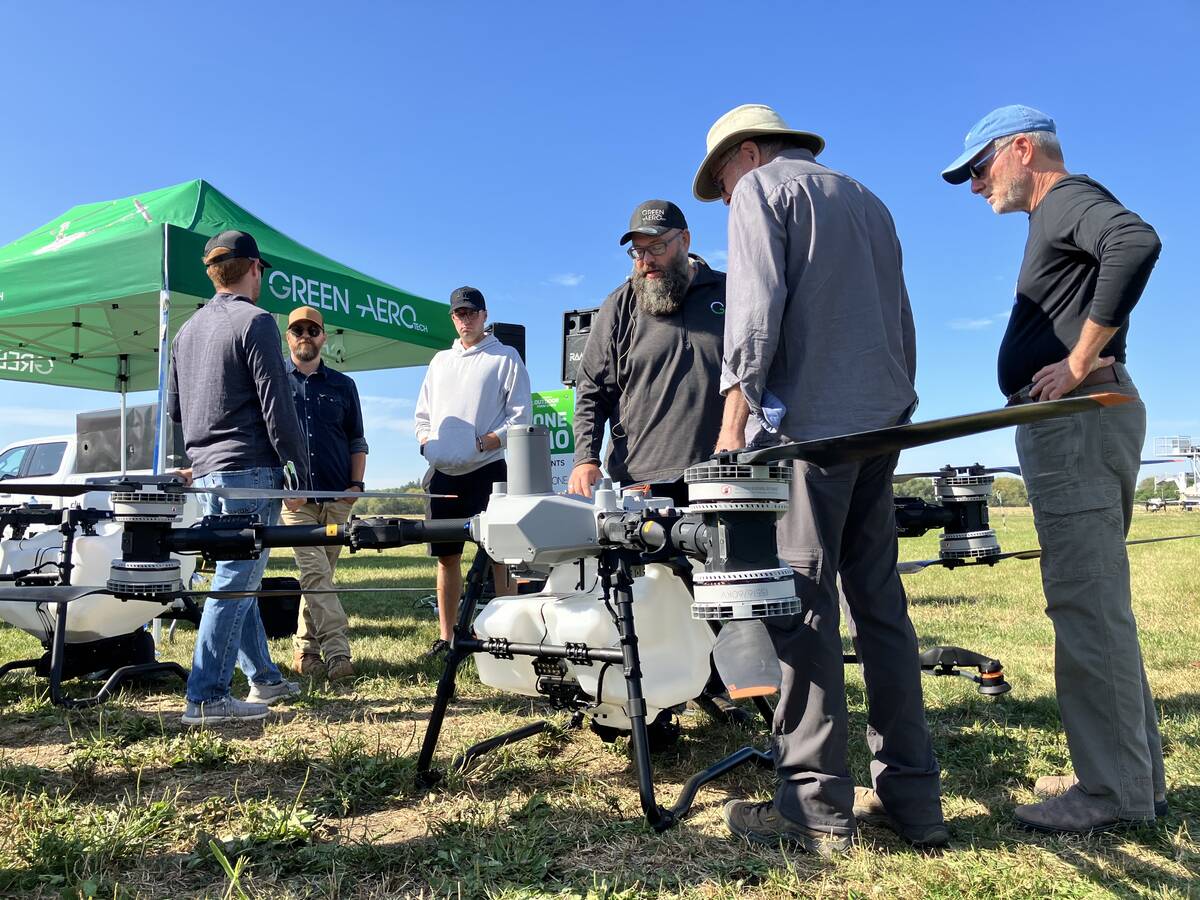
New DJI Agras T100 spray drone doubles carrying capacity
Green Aero Tech demonstrates the DJI Agras T100, a 100-litre capacity spray drone, at Canada’s Outdoor Farm Show 2025 in Woodstock, Ontario.
But their team had experience working with the latest automated production lines in the aerospace industry. They thought they might have the tools to find a solution.
They formed a company called MK1 Engineering and started designing the AeroTube.
“We quickly found mechanical orientation, with vision systems and high-speed actuators, was not going to work,” Strang said.
“It might be possible to get it to work in a lab, but not in our practical application. So, we had to find a more passive way of doing it.”
The team discovered that when air is applied to a kernel of corn sitting on a surface it orients with the airflow.
“We locked onto that instantaneous effect of it orienting, and then we had to do this at a high capacity, you know 15-plus seeds per second,” Strang said.
“We’ve iterated probably a thousand times to get to this point. We have bins and bins full of 3D printed parts and we have thousands of hours of high-speed video.”
The team is still producing prototypes, but it has also built a four-row planter to test the technology and used it to plant corn test plots in six Midwestern states this spring.
Strang said the prototype is orienting up to 80 per cent of the planted corn seed, placed tip down and embryo facing the adjacent row.
The current prototype plants at three miles per hour, but the team is working to increase the speed to at least five mph.
The AeroTube collects seed from a traditional seed meter. From there it goes into a coil that uses centrifugal force to hold down the seed in the tube.
“With a very highly tuned path geometry, the seed will basically flatten out,” Strang said.
“We have what’s called an injector core in our current design. With the help of airflow continuously flowing over the seed, it will point the seed tip forward.”
The current design has three revolutions in the coil where the seed is stabilized and pointed forward and then moves toward the exit path.
“That was a very hard thing to design for, but we eventually figured it out. The seed exits the coil, slides down this curvature and shoots into the ground.” Strang said.
Dille said the AeroTube is an attachment designed to work with existing row units but it requires a supplementary air system.
“The traditional opening discs, we let those dig us down about an inch or inch and a half and then we dig basically an additional half inch below those into untouched soil and that’s where we insert our seed,” Dille said.
“We’re basically just creating a slit of dirt the width of a seed, roughly eighth of an inch wide.”
He said because the seed is wedged into the furrow with the wide side of the seed touching the side, about 80 percent of the seed has soil contact before the furrow is closed.
There has been little research into the agronomic effects of placing a kernel of corn in the seed trench in a specific orientation. This is because there hasn’t been a system capable of providing consistent seed orientation in the ground at a field scale.
The AeroTube takes advantage of how a corn kernel orients to an airflow to line up the seeds so they can be placed tip down with the embryo facing the adjacent row. This promotes leaf growth that closes the rows faster to combat weeds.
Strang said he believes the AeroTube provides significant agronomic benefits.
For instance, if the seed tip is down, it may require less energy for the embryo to emerge from the soil, and it could provide uniform emergence because the coleoptiles that emerge from the seeds will have the same distance to travel to the soil surface.
“Everybody knows tighter emergence windows equals higher yield, and we’ve observed planting with this provides a tighter emergence window,” Strang said.
“One of the things we noticed, and we’re excited about, is that in colder soils the late-emerging plants essentially go away.”
He said another benefit of a specific seed orientation in a tight trench is the germ on the seeds faces the adjacent rows. This promotes corn leaf growth into the rows, which helps with weed control because the rows close faster.
“Farmers always say your highest yield potential’s when the seed’s in the bag, and it just goes down after that,” Strang said.
“This is basically a new level of precision planting that helps you retain yield you can’t capture any other way.”
This article was originally published at The Western Producer.

